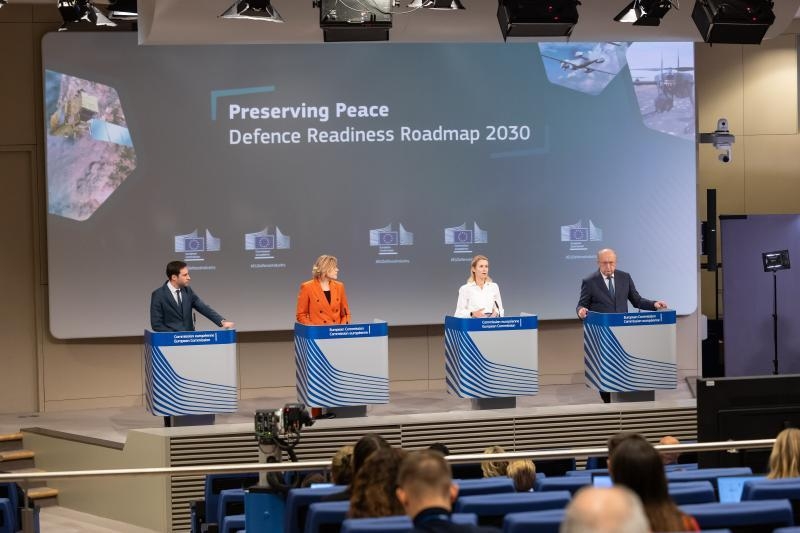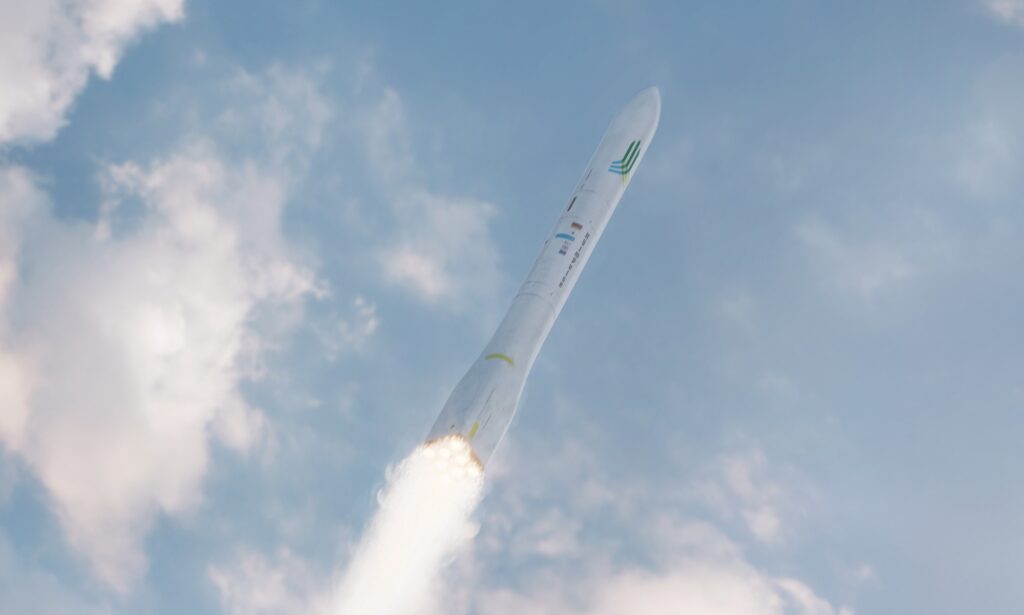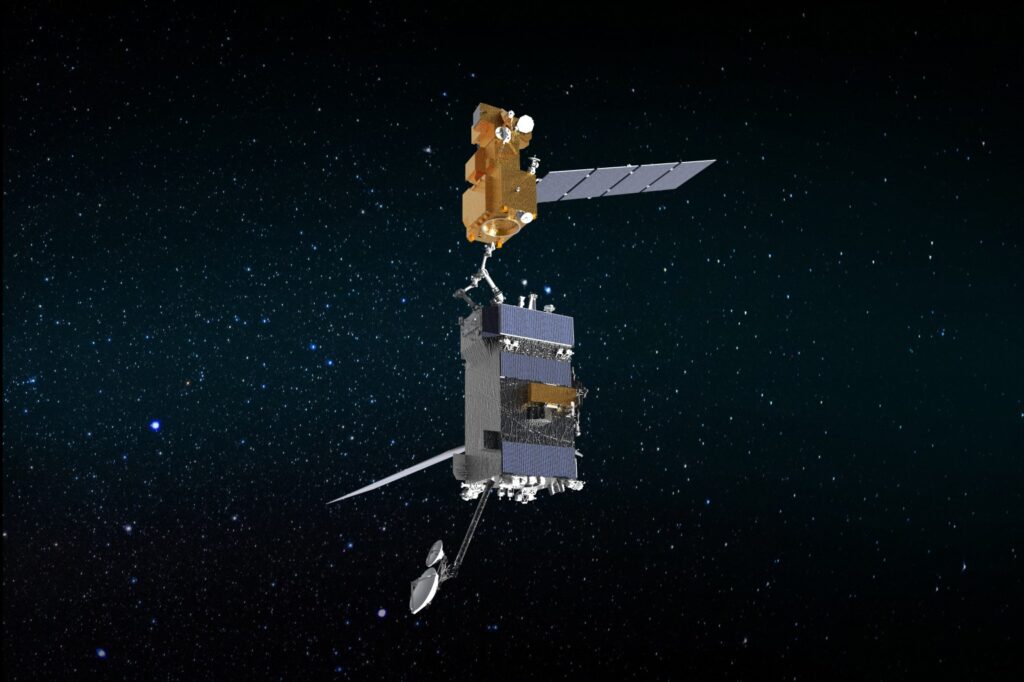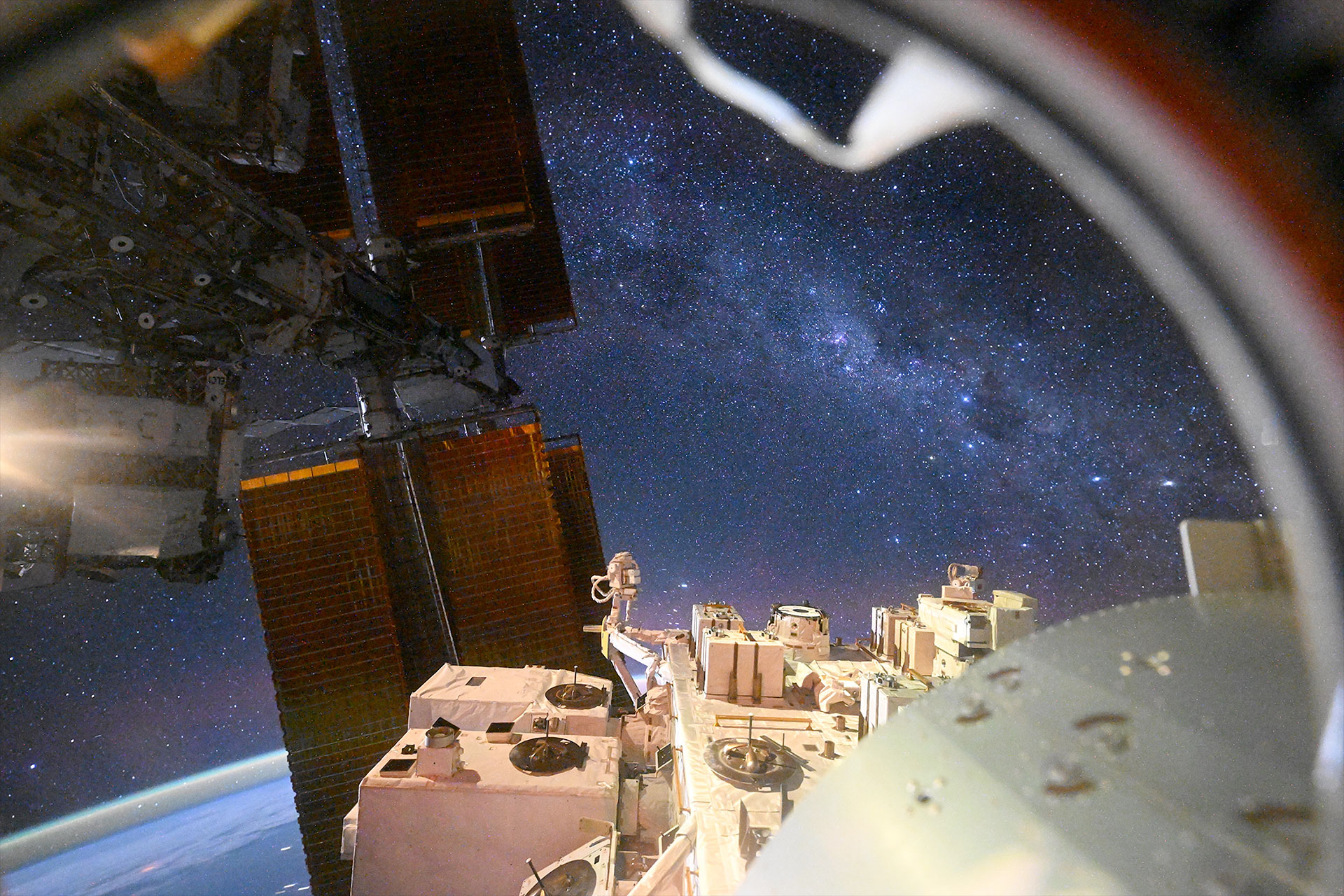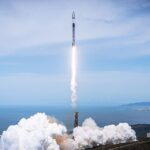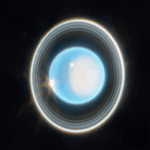Now Reading: Planet Labs wins $12.8 million NGA contract for maritime intelligence in Asia-Pacific
-
01
Planet Labs wins $12.8 million NGA contract for maritime intelligence in Asia-Pacific
Planet Labs wins $12.8 million NGA contract for maritime intelligence in Asia-Pacific
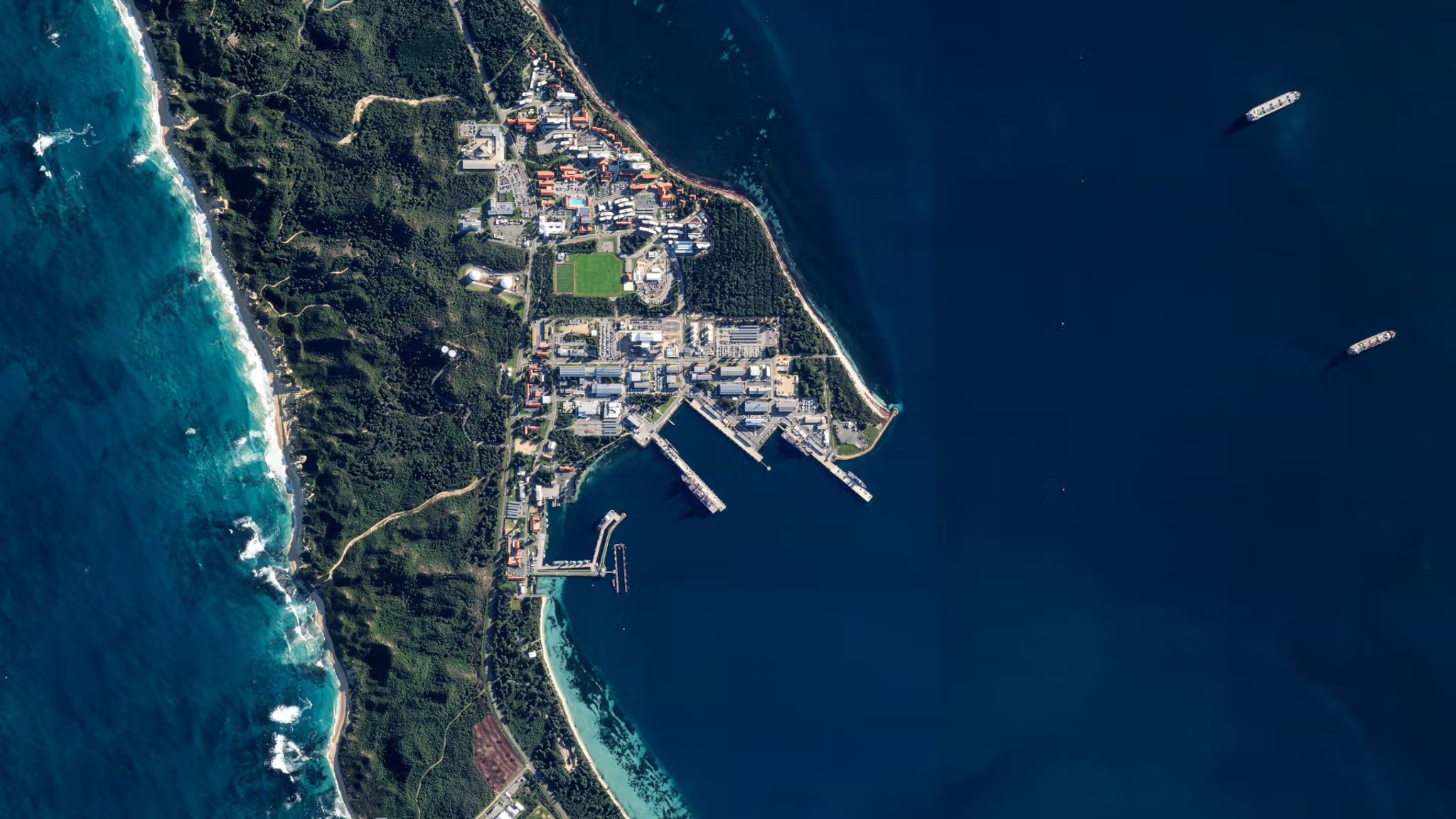

WASHINGTON — Planet Labs received a $12.8 million contract from the National Geospatial-Intelligence Agency (NGA) to deliver maritime data and analytics for regions across the Asia-Pacific.
The award, announced Oct. 16, is part of the agency’s Luno program. Planet is tasked to provide advanced analytics for maritime operations and reconnaissance, including vessel detections and monitoring. Under the deal, Planet will partner with SynMax Intelligence, a Houston-based geospatial analytics firm, to fuse Planet’s near-daily imaging data with SynMax’s Theia analytics platform — an AI-driven tool that detects and classifies maritime events.
“These insights are crucial for revealing illegal, unreported, and unregulated fishing, illicit ship-to-ship transfers and vessel spoofing,” Planet said in a statement.
NGA’s Luno program
The contract falls under Luno B, one of two components of NGA’s broader Luno program — a five-year, $490 million ceiling indefinite delivery/indefinite quantity (IDIQ) vehicle designed to accelerate the agency’s adoption of commercial satellite imagery, artificial intelligence and advanced analytics.
Luno is split into Luno A, focused on commercial analytic services powered by machine learning and computer vision, and Luno B, which integrates commercial AI tools directly into NGA’s analytic workflows.
Planet is part of a roster of commercial intelligence vendors competing for Luno task orders. Recent winners also include Maxar Intelligence (renamed Vantor), BlackSky, Electromagnetic Systems, Ursa Space and NV5 Geospatial.
“This is our first win under this program as a prime,” said Charlie Candy, Planet’s chief revenue officer, during an Oct. 16 appearance at the company’s investor conference.
Maritime domain awareness
Candy said the NGA award underscores Planet’s growing push into maritime domain awareness, a segment increasingly driven by national security demand.
“Our satellites capture over 25 million square kilometers of ocean imagery every day, and we’re expanding this capability,” he said. “A projected growth in demand is primarily driven by national security needs.”
Planet’s constellation — currently about 140 imaging satellites — maps the entire Earth daily, generating an unparalleled archive of data. “We image over 200 million square kilometers of land, coastline, open water every day,” Candy said, noting that the company now holds a catalog of more than 3,000 images for every location on land.
That trove of imagery feeds Planet’s AI training models, enabling the company to automate detection and monitoring tasks at global scale. Candy said Planet operates over 50 ground stations and fully automated mission control centers to downlink and process satellite data in near real time.
Partnership with SynMax
For this Luno B task order, Planet is leveraging SynMax’s AI analytics to enhance situational awareness at sea. SynMax specializes in fusing satellite imagery with artificial intelligence and other multi-source data for the energy and maritime industries.
Theia, SynMax’s proprietary analytics platform, classifies vessel movements and detects “dark” ships that operate without broadcasting location signals — a growing concern for defense, trade security and environmental regulators.
Planet and SynMax have a history of collaboration. The companies first partnered in 2022 to deliver energy intelligence and dark vessel monitoring for the energy and commodities sectors, using PlanetScope imagery to track hydraulic fracturing and offshore operations. The alliance deepened in March 2024 into a formal strategic partnership, allowing Planet to market SynMax’s Theia tool for vessel monitoring and spoofing detection as part of its commercial offerings.
Focus on government customers
Candy said Planet’s sales teams are now primarily focused on government customers, while the company continues to work with analytics partners like SynMax to serve commercial sectors such as insurance, energy, finance and supply chain.
The NGA contract signals a deeper alignment between commercial space data providers and U.S. intelligence agencies, which are increasingly leaning on private-sector capabilities to maintain global situational awareness.
Stay Informed With the Latest & Most Important News
-
 012024 in Review: Highlights from NASA in Silicon Valley
012024 in Review: Highlights from NASA in Silicon Valley -
 02Panasonic Leica Summilux DG 15mm f/1.7 ASPH review
02Panasonic Leica Summilux DG 15mm f/1.7 ASPH review -
 03How New NASA, India Earth Satellite NISAR Will See Earth
03How New NASA, India Earth Satellite NISAR Will See Earth -
 04And Thus Begins A New Year For Life On Earth
04And Thus Begins A New Year For Life On Earth -
 05Astronomy Activation Ambassadors: A New Era
05Astronomy Activation Ambassadors: A New Era -
06SpaceX launch surge helps set new global launch record in 2024
-
 07Space Force plans new ‘Futures Command’ amid pressure to speed up modernization
07Space Force plans new ‘Futures Command’ amid pressure to speed up modernization












